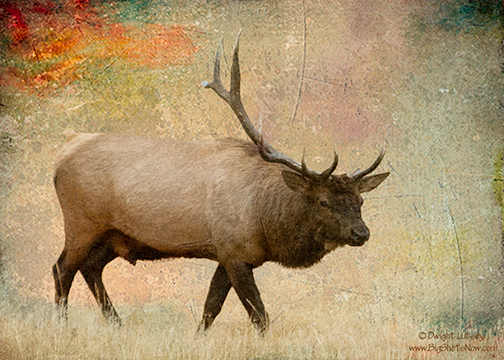
In any sport one has to have the right equipment and keep that equipment in tip top shape. If you’re a pole vaulter and you use a flimsy made in a third world country pole, and it snaps when you’re making your best run at the Tokyo Olympics you’re not going to get a medal. If you’re a shot putter and your shot is made of Unliftanium from one of the Baltic countries and you can’t even lift if off the ground let alone heave it anywhere, you’re going to look dumb and be laughed at by those with better equipment. This is important in the game of life.
What you see above is a contestant in the annual “Rut” or how you get babes in the Elk world, held every year to decide the mating rights among these large and very belligerent ungulates. As you have no doubt seen on any of the nature shows these male Elk fight with each other to claim and acquire the most cow elk in their harems. Because they’re big and strong and have large, but huge antlers, the cow elk desire to be obtained by the largest and strongest bull. Thus making him the winner. However many battles need to be fought and the tides of victory and cow elk accumulation ebb and flow throughout the season.
One thing remains constant however and that is they must maintain their equipment in perfect order. In this case this poor fellow had a disastrous mishap that cost him his left antler. He went in to a contest with another bull who snapped it right off during the attack, thus ending the battle, his opponents ability to proceed in the contest, and his chances of getting lucky in the mating game. It is unknown if the substandard equipment was a poor choice by the contestant, a genetic failure, or why the antler failed. Maybe it was just nature’s way of saying “Nope, you’re done. No cows for you.” In any case no other bull would fight with him. It was the Bull Code where the bulls would only fight another bull that was as big and strong enough as they were so that a win would impress the cows.
The moral of this story is if you want to win keep your antlers in good shape. Don’t be losing one or it’s game over. Maybe next year will be better for this guy.

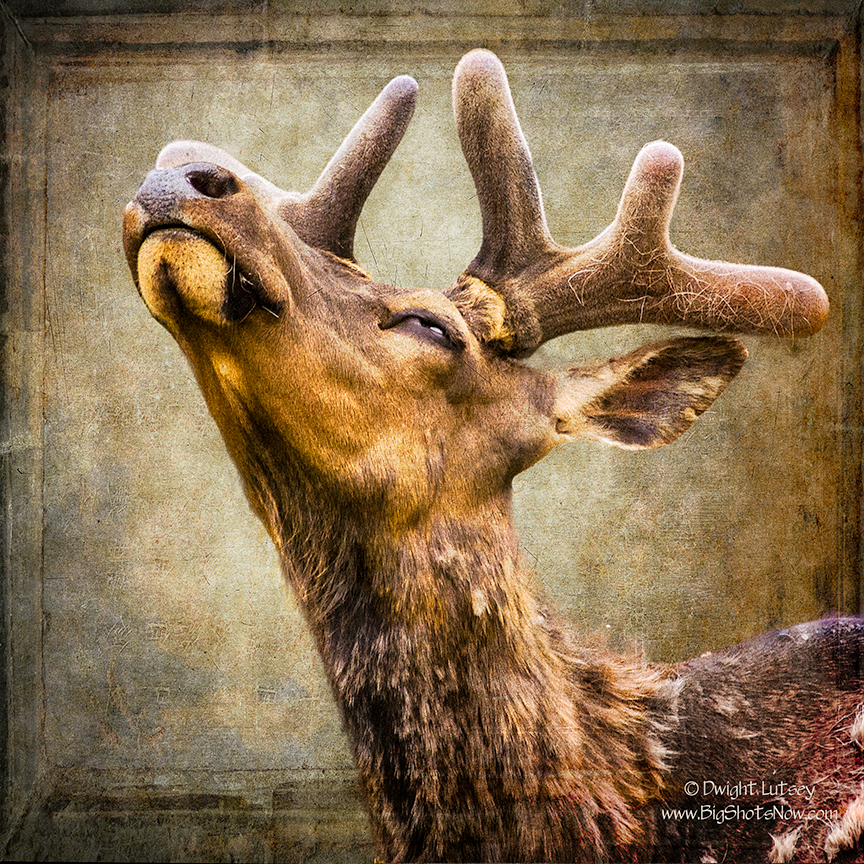
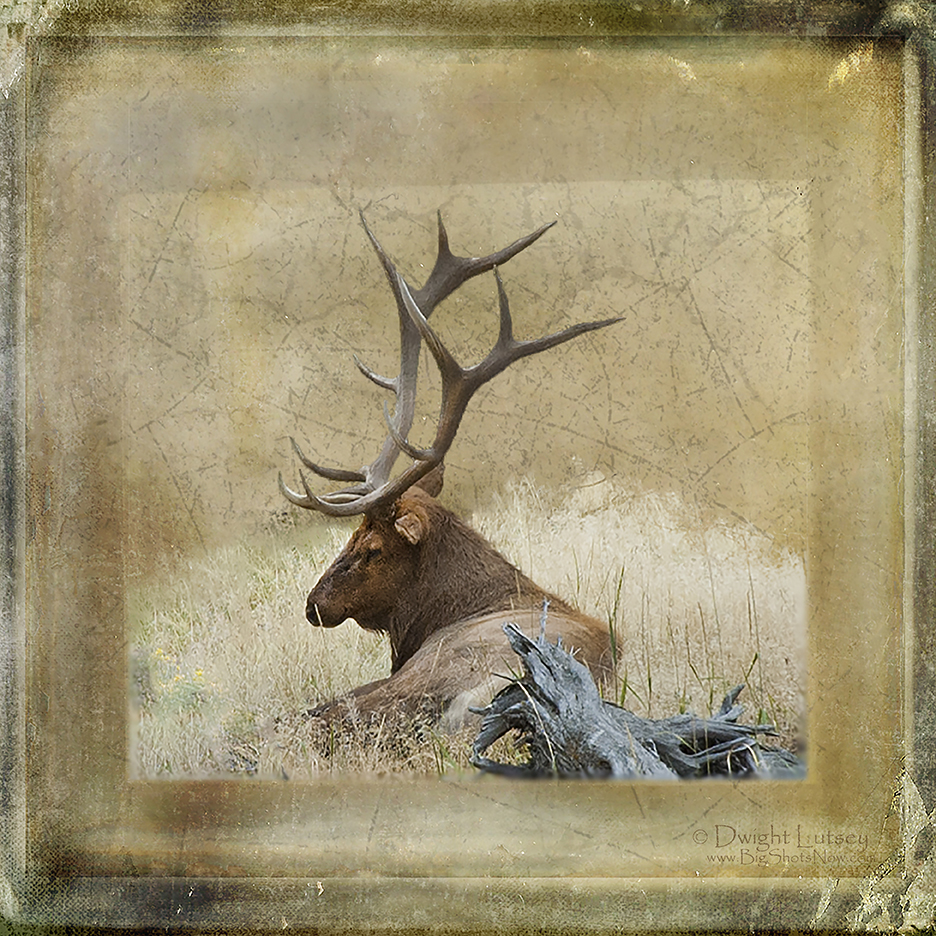

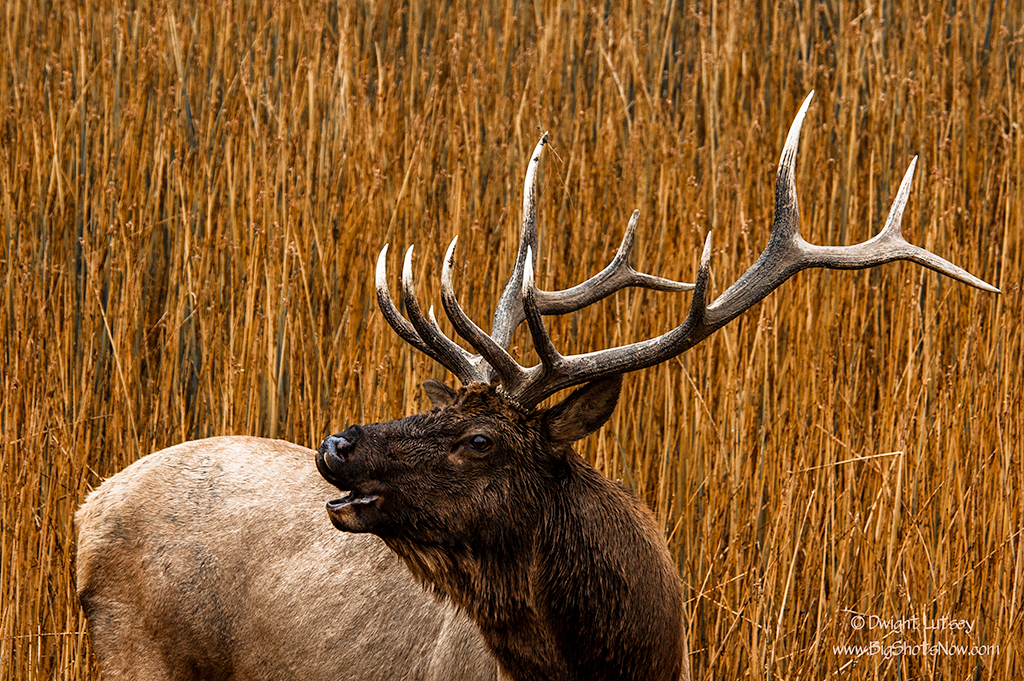
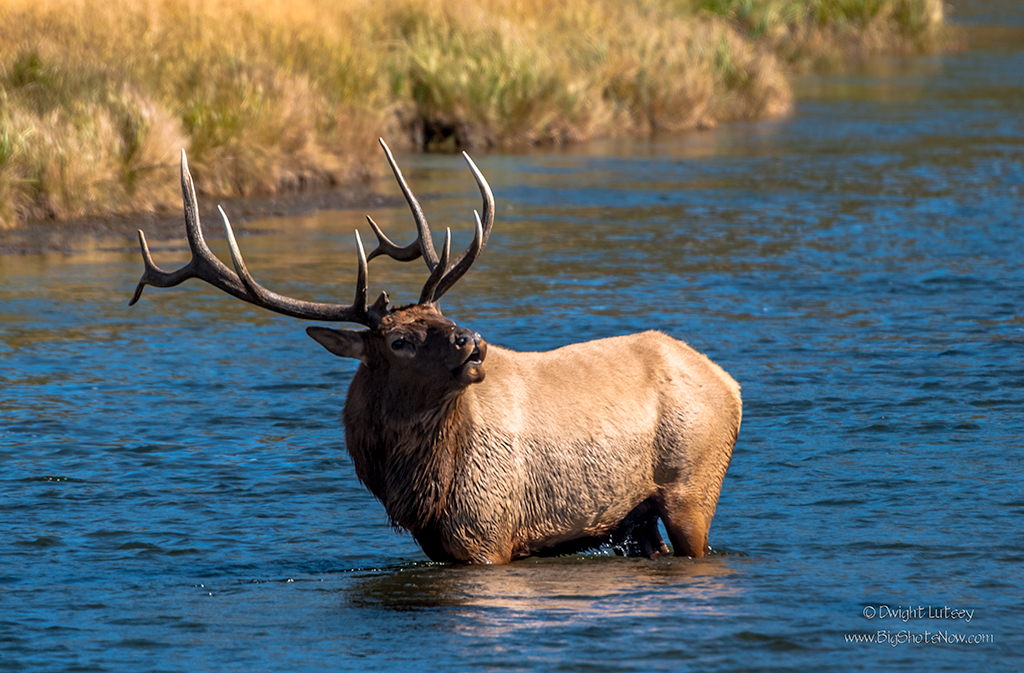
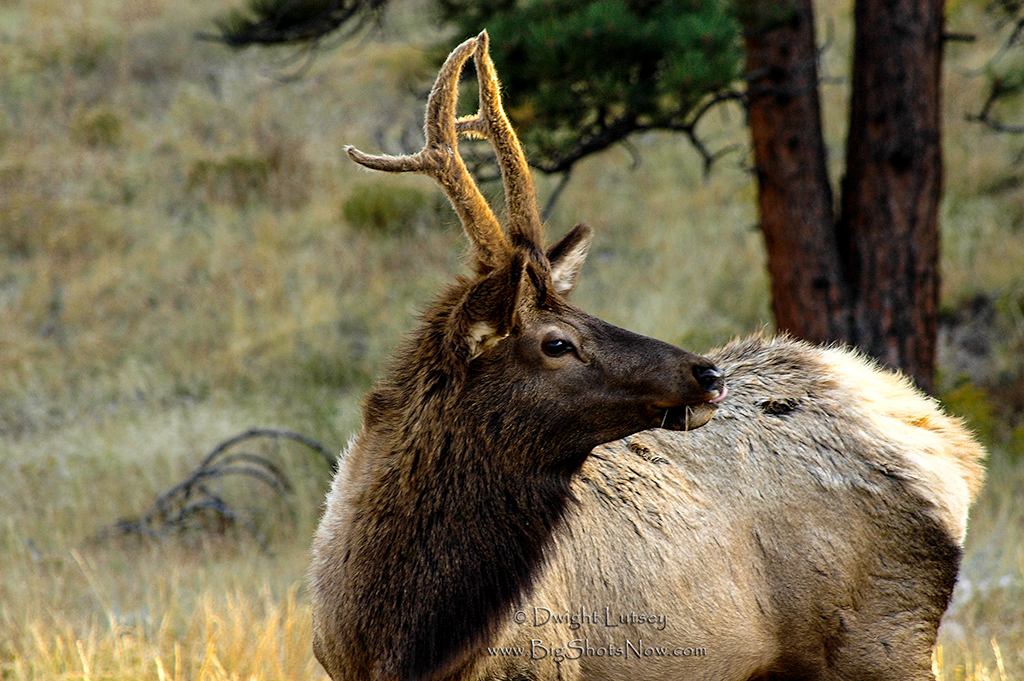
You must be logged in to post a comment.